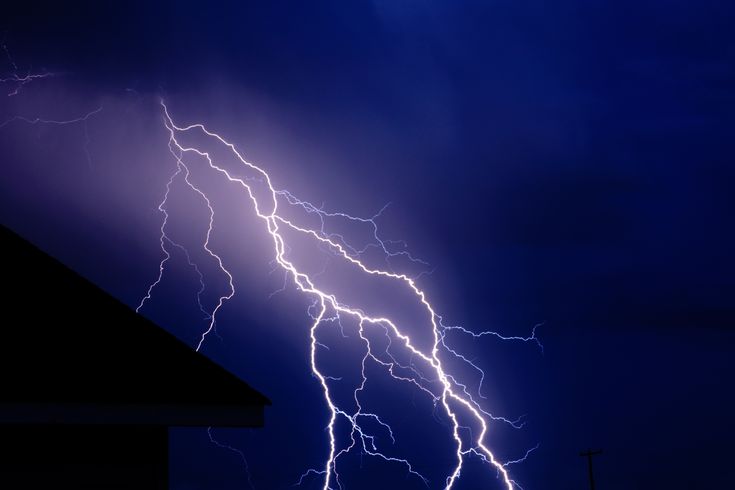Mar 19, 2023
Troubleshooting and Diagnostics

Troubleshooting and diagnostics are essential skills for electricians, as they involve identifying and resolving electrical issues in various systems including but not limited to:
- Circuit and Panel Issues
- Emergency Electrical Repair
- Electrical Wiring
- Exterior and Landscaping Lighting
- Lightning Damage
- Storm Damage
What is Troubleshooting and Diagnostics?
Troubleshooting and diagnostics are essential skills for electricians, as they involve identifying and resolving electrical issues in various systems.
### Troubleshooting
Troubleshooting refers to the systematic process of identifying problems within an electrical system. This typically involves:
1. **Gathering Information**: Electricians start by collecting data about the issue, including symptoms, equipment history, and any recent changes to the system.
2. **Visual Inspection**: A thorough examination of the wiring, connections, and components can often reveal visible signs of wear, damage, or improper installation.
3. **Testing Equipment**: Electricians use specialized tools such as multimeters, circuit testers, and oscilloscopes to measure voltage, current, resistance, and continuity. These tests help pinpoint where the problem lies.
4. **Isolating Issues**: By systematically testing individual components or sections of the electrical system, electricians can isolate the faulty part and determine whether it needs repair or replacement.
5. **Implementing Solutions**: Once the problem is identified, electricians can take corrective actions to fix the issue, whether that involves repairing damaged wires, replacing faulty devices, or reconfiguring circuits.
### Diagnostics
Diagnostics is a more in-depth analysis of electrical systems to understand underlying problems or inefficiencies. It often involves:
1. **Analyzing Patterns**: Electricians assess historical performance data and trends to identify recurring issues that may not be immediately apparent through troubleshooting alone.
2. **Advanced Testing**: This can include more sophisticated testing methods like thermal imaging to detect hotspots, harmonic analysis to assess power quality, or load studies to evaluate how the system handles demand.
3. **System Evaluation**: Electricians may conduct a full evaluation of the electrical system’s design and installation to ensure compliance with codes and standards. This helps identify potential risks or inefficiencies that could lead to future problems.
4. **Preventative Measures**: Based on diagnostic findings, electricians can recommend maintenance strategies or upgrades to enhance system reliability and efficiency.
In summary, troubleshooting focuses on resolving immediate electrical issues through systematic investigation and repair, while diagnostics involves a deeper analysis of electrical systems for long-term solutions and improvements. Both are vital for ensuring safety, functionality, and efficiency in electrical installations.
